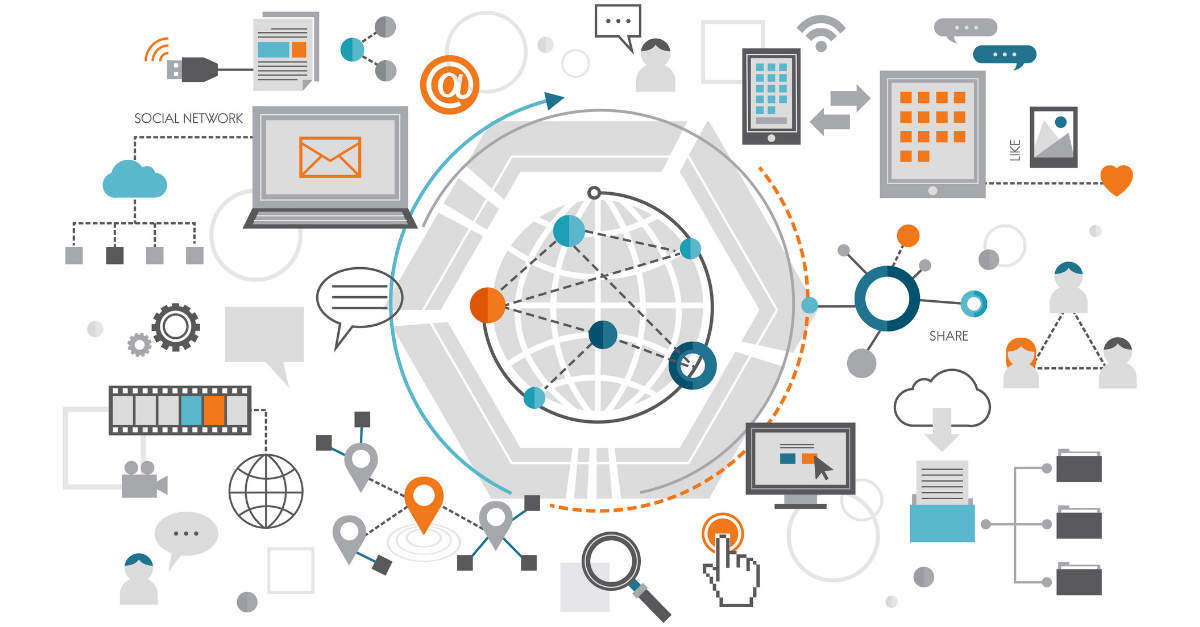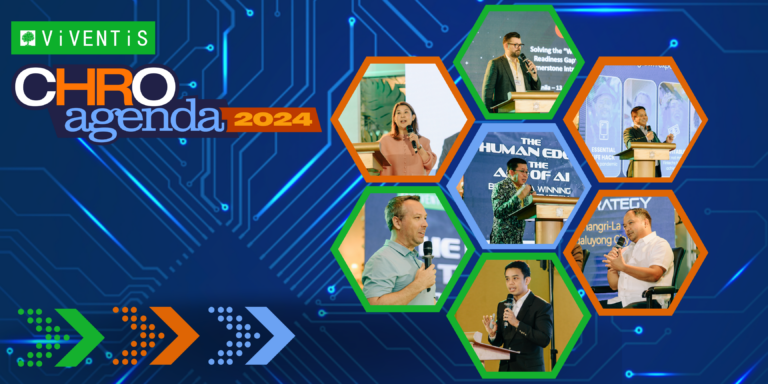The Primary Group of Builders is a diversified shelter solutions provider engaged in various industries: construction, real estate development and property management, manufacturing, education, hydropower energy, shipping, logistics, lifestyle and medical tourism, and food production based in Cebu (Philippines). The Primary Group leverages digital learning transformation using THRIVE LXP, a learning experience platform to accelerate business recovery and people growth at the height of the pandemic. Coming from a traditional workplace learning set up, they were able to implement and roll out the platform in a span of six months to 200 employees across all functional areas.
Transforming Organizational Learning Capability
The recent turnout of events and challenges faced in 2020 heightened the urge for the Primary Group of Builders to focus on revenue opportunities and accelerate transformation for the business. With the support of their management, most especially their CEO whose main priority was digital transformation, their HR teams were able to provide a sense of community and inspired them to work towards a shared vision and purpose in the midst of ambiguity and uncertainty.
“Remote work and physical distance kept people isolated but digital learning kept people connected and inspired to work towards a shared vision, a common purpose in the midst of ambiguity and uncertainty.” – Paulette Liu, Senior Vice President for Human Resources and Administration
With innovation tactics and the right capabilities in place, PGB envisioned building a lifelong learning culture with an ecosystem of learning partners and collaborators who can share their advice and knowledge openly as well as create and deliver content to a broader base of employees. This was in fact building a culture where learning is self driven creating an avenue where employees continuously seek, learn, share and apply new knowledge and skills to improve individual and organizational performance.
Virtual learning was considered as the new normal providing an always on access that enabled collaborative, socialized, personalized and individualized learning. Given these capabilities, PGB was confident enough that they will be able to ensure the following:
- Develop a more agile and engaged workforce
- Create meaningful employee experiences
- Drive future readiness and organizational growth
Democratizing learning for different business groups
To make learning more strategic, agile and learner-centered, the organization decided to implement democratization of learning for different business groups and made training and development available to everyone, anytime. This allowed them to document rich organizational knowledge and worked on solutions that fueled business growth.
They also found this to be an efficient way to customize and introduce work based learning (action learning projects) and share knowledge among the different business units to ensure value and relevance to the whole Primary Group. This move helped unlock the tribal knowledge held within subject matter experts and created opportunities for rapid learning and decision cycles.
Culture of Lifelong and Perpetual Learning
Their journey to transformation required a change in employee’s behavior which can be a challenge for HR teams since it took time for some to adapt to digitalization and make use of a new learning management platform. Fortunately, despite the multi-generational workforce, majority of their employees saw the following features to be most beneficial and useful:
- Charting their own learning pathway
- Selecting interesting topics relevant to them
- Accessing learning anytime and anywhere
After launching THRIVE, PGB observed a positive behavioral change in their employees with regards to learning and development. Their learners were more open and acceptable to the concept of virtual learning and have become intentional learners. Providing the learners with lifelong and perpetual learning. The concept of gamification has also proven to keep learners engaged and active in the learning process.
“Employees across all functions sought more learning and worked harder to earn more points and be rewarded with badges and food vouchers. Rewards and recognition plays an important role in motivating our employees to learn and train. We also observed openness in sharing their knowledge, lessons, problems and experiences with the use of social learning.”
{{cta(‘f5a99891-19f3-4f72-a4f5-a16056b0f727′,’justifycenter’)}}
What HR and L&D can learn from the PGB’s ‘Builders’
Any change in initiative requires buy-in from stakeholders. The organization’s “builders” looked at three (3) valuable lessons in managing this initiative:
- Focusing on the Business Agenda
Learning programs must be aligned to the overall goal of the business and in return drive business values. As HR and L&D professionals, it’s important to understand the business priorities, focus and gaps that ignite change and to recognize that change in the context of the new work ecosystem.
- Understanding the continuously evolving L&D landscape
Because work is constantly changing, the nature of learning also changes to address the changing skill requirements of the job and the learning needs of remote employees. This has shifted the traditional episodic classroom training to become more personalized, self driven, continuous, accessible and digitally enabled.
PGB observed that introducing micro learning and delivering bite-sized content in short bursts generated more interest, saved time, and proved to have better monetary retention.
- Having an established framework with specific metrics and goals to drive cultural change
Gone are the days where L&D has been activity-oriented. What’s critical now is for HR and L&D to work together to align success indicators with their strategy to ensure business impact. The availability of analytics also helps deliver a personalized end to end employee experience and develop a deeper understanding of employee’s needs and preferences at the different stages of their employee life cycle.
Managing talent through the pandemic required this fundamental shift and HR was proven to be instrumental in catalyzing these changes in their workplace to accelerate business recovery, people growth and thrive in the new normal.
With the implementation and roll out of THRIVE, Primary Group of Builders will be able to track and monitor learner engagement and use data and analytics to identify opportunities, match skills with work, create learning experiences, test business impact, prototype, iterate and gain valuable insights to drive better business decisions.
“An organization’s success is based on having the right talent, in the right roles, with the right skills and at the right time. We in HR are integral to this process of reskilling and upskilling the workforce to ensure value and relevance to the organization.”
Explore what’s next for your Talent Development teams! Download our Talent Development Trends for free below:
{{cta(‘643943cb-aac9-4feb-b052-1b01ad8f3248′,’justifycenter’)}}

